
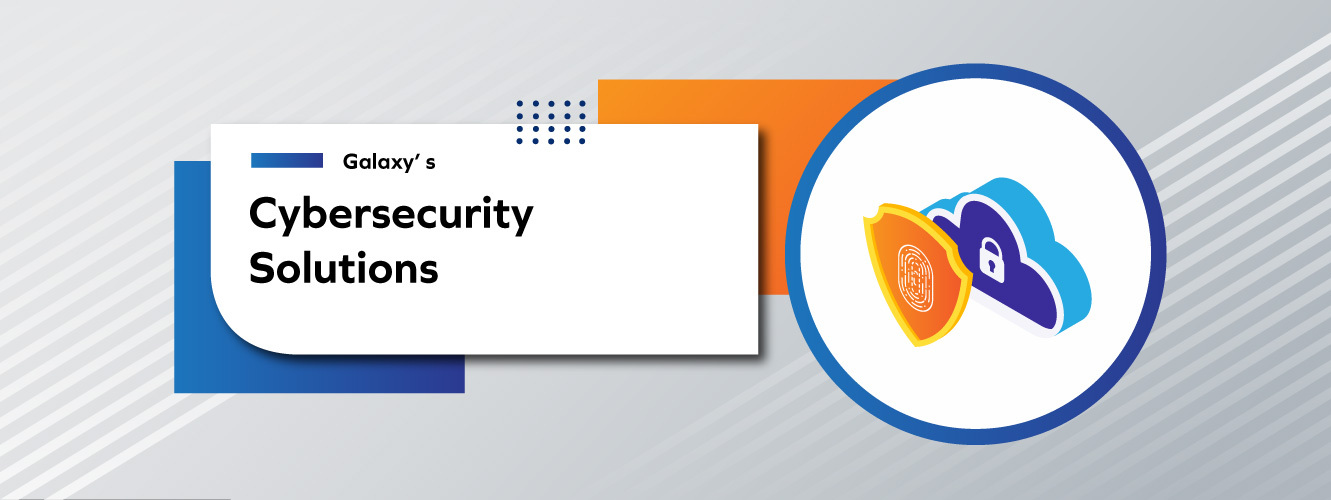
Best Cybersecurity Solutions and Services Company in India
Endpoint & Server Security Solutions
Cloud Hosting or private cloud hosting offers the power, efficiency, and features of a public cloud, with the security, control, and performance of a dedicated environment. But private cloud hosting is complex to operate. They require experts who understand cloud architecture and know how to upgrade, patch, secure, monitor, and scale a cloud environment. Build the dedicated environment to your business needs within a Tier 4 datacentre and get optimum performance and maximize your ROIs. Get a single-tenant private cloud hosting solution, designed with server, storage, and networking hardware from trusted vendors such as Dell®, EMC®, and Microsoft®, that’s proactively managed 24x7x365 by our Certified Professionals.

Endpoint Protection
Endpoint protection is used to describe security solutions that address endpoint security issues, securing and protecting endpoints against zero-day exploits, attacks, and inadvertent data leakage resulting from human error

Patch Management
Patch Management ensures that University endpoints are consistently running the latest approved versions of operating systems, security patches, and common third-party applications. Protecting devices from vulnerabilities and ensuring compatibility with services

Privileged Identity management
Privileged identity management (PIM) is the monitoring and protection of superuser accounts in an organization's IT environments. Oversight is necessary so that the greater access abilities of super control accounts are not misused or abused

Virtual Patching
Virtual patching refers to implementing temporary security patches in order to prevent attacks on known vulnerabilities. This form of patching allows admins to keep a system running until they can test and implement a more complete solution

Vulnerability Management Solutions
Vulnerability management is the process of identifying, evaluating, treating, and reporting on security vulnerabilities in systems and the software that runs on them. This, implemented alongside with other security tactics, is vital for organizations to prioritize possible threats and minimizing their attack surface. It is an ongoing process of managing and remediating security vulnerabilities across endpoints, workloads, and systems

Extended Detection and Response
Extended detection and response or XDR is a new approach to threat detection and response that provides holistic protection against cyberattacks, unauthorized access and misuse.
Perimeter Security
In the IT realm, perimeter security involves safeguarding a company's network limits from hackers, intruders, and other unwanted individuals. It includes surveillance detection, analyzing patterns, recognizing threats, and dealing with them effectively. Every private network has a perimeter around it.

Next Generation Firewall
Next generation firewalls achieve this by using deep packet inspection to identify and control applications regardless of the IP port used by the application. The typical security policy of a network firewall deployed at the perimeter of an organization blocks inbound connections and allows outbound connections

Intrusion Prevention System
An intrusion prevention system is used in computer security. It provides policies and rules for network traffic along with an intrusion detection system for alerting system or network administrators to suspicious traffic

Proxy & Content Filters
A content-filtering proxy is a proxy server, a server acting as a middleman between two computers, that filters the content it relays, limiting access to undesirable, forbidden, or dangerous content. Schools and workplaces may opt to use a content-filtering proxy to control what people view while in their facilities

Email Security
Email security is techniques for protecting email accounts, content, and communication against unauthorized access, loss, or compromise. Email is often used to spread malware, spam, and phishing attacks
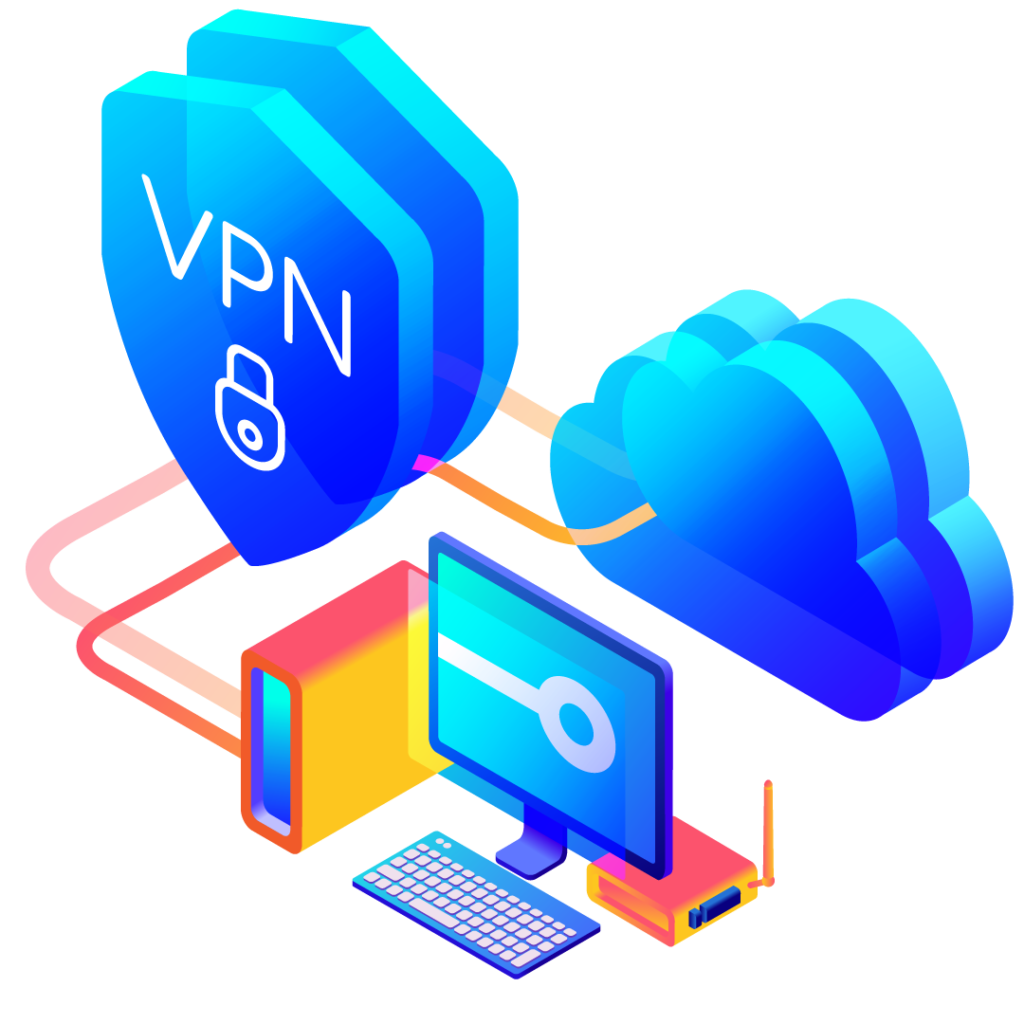
SSL VPN
A Secure Sockets Layer Virtual Private Network (SSL VPN) is a virtual private network (VPN) created using the Secure Sockets Layer (SSL) protocol to create a secure and encrypted connection over a less-secure network, such as the Internet

DDOS
Denial-of-service attack is a cyber-attack in which the perpetrator seeks to make a machine or network resource unavailable to its intended users by temporarily or indefinitely disrupting services of a host connected to a network
Data Security
Data security refers to the process of protecting data from unauthorized access and data corruption throughout its lifecycle. Data security includes data encryption, hashing, tokenization, and key management practices that protect data across all applications and platforms.

Data Loss Prevention
Data loss prevention (DLP) makes sure that users do not send sensitive or critical information outside the corporate network. The term describes software products that help a network administrator control the data that users can transfer

Information Rights Management
Information rights management (IRM) is a subset of digital rights management (DRM), technologies that protect sensitive information from unauthorized access. It is sometimes referred to as E-DRM or Enterprise Digital Rights Management

Identity Access Management
Identity management, also known as identity and access management, is a framework of policies and technologies to ensure that the right users have the appropriate access to technology resources. IAM systems fall under the overarching umbrellas of IT security and data management.
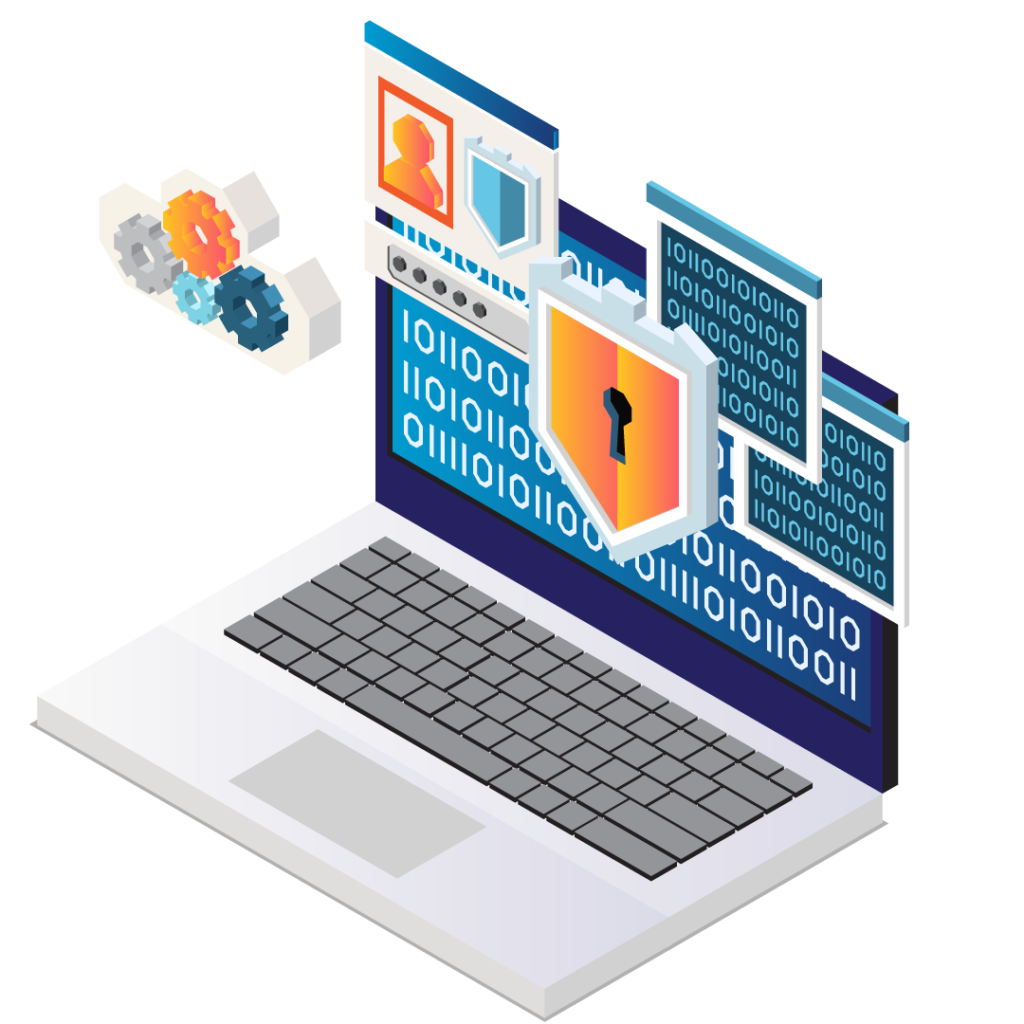
Two Factor Authentication
Two-factor authentication serves a vital function – by securing access to corporate networks, Software-as-a-Service (SaaS) and cloud applications, protecting the identities of users, and ensuring that a user is who he claims to be
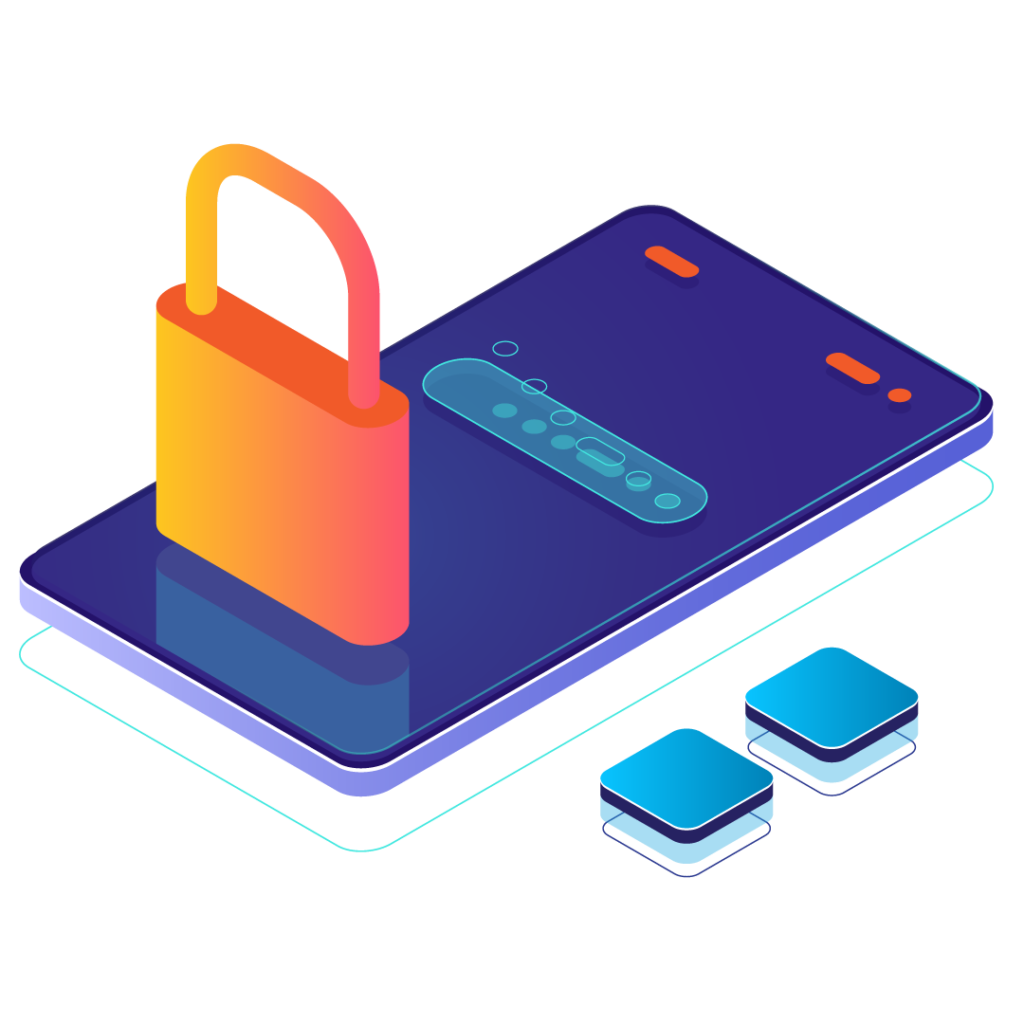
Encryption
Encryption is a means of securing digital data using one or more mathematical techniques, along with a password or "key" used to decrypt the information. The encryption process translates information using an algorithm that makes the original information unreadable

Privileged Identity Management
Privileged Identity Management (PIM) gives users the ability to control, manage, and monitor the access privileges that people have to crucial resources within an organization.
Advance Security Solutions
Organizations generally start by implementing foundational Security controls, and then progress to implementing Advanced Security controls. Approaching cybersecurity strategy in this manner allows your organization to avoid being low-hanging fruit from the get-go, and then to further harden its defenses over time. Advanced Security builds upon these controls to counteract increasingly sophisticated, targeted cyber threats. Because an organization can’t block the threats it can’t see, Advanced Security solutions are designed to provide the enhanced visibility and control your organization needs to survive and thrive in today’s threat landscape

Advanced Persistent Threat
An advanced persistent threat (APT) is a broad term used to describe an attack campaign in which an intruder, or team of intruders, establishes an illicit, long-term presence on a network to mine highly sensitive data
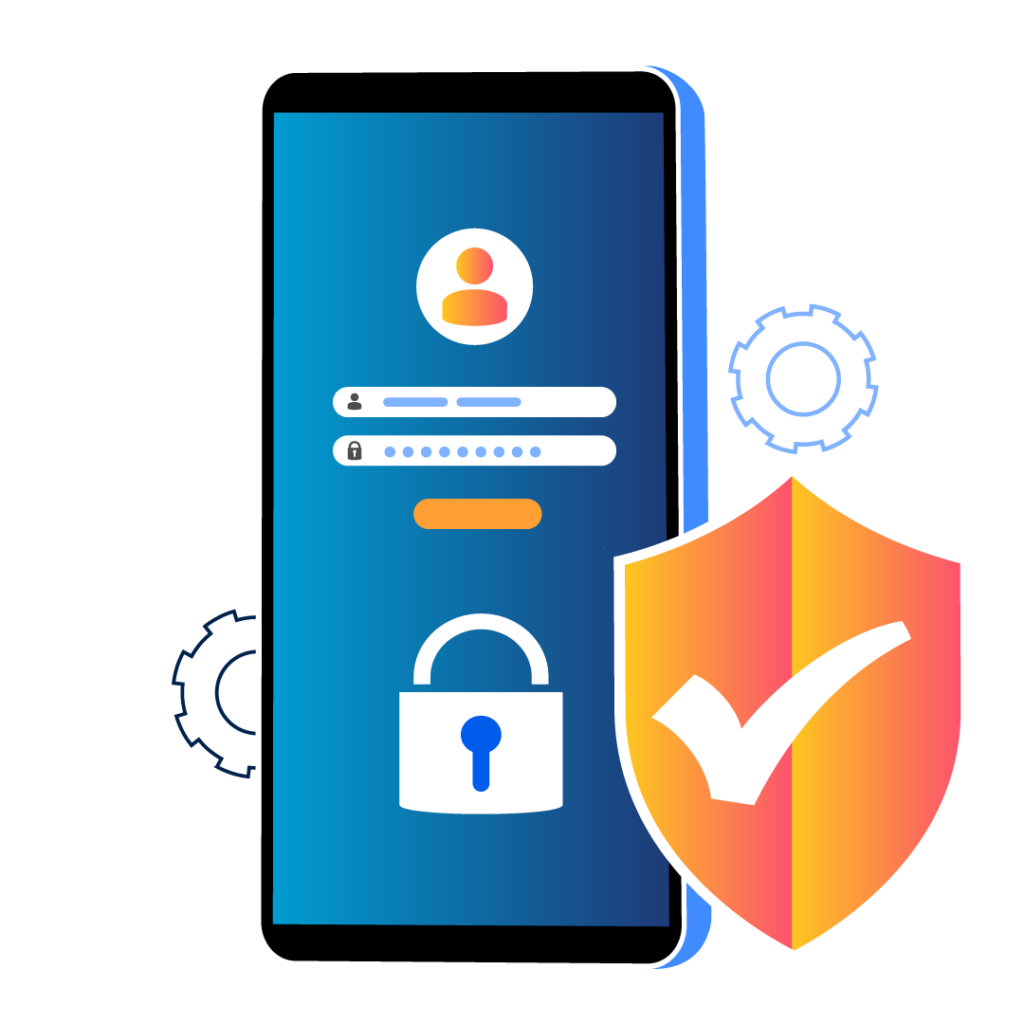
Cyber Security Incident & Event Management (SIEM)
Security Incident and Event Management (SIEM) & Security Operations (SOC) provide a real-time analysis of security alerts from within an organization’s network to maintain a secure environment while ensuring continuity of business operations

Network Security Policy Management
Network Security Policy Management (NSPM) software provides a suite of tools for maintaining compliance and enforcing policies related to network security and firewall management. These tools provide functionality to help create and document operational workflows for network security management and orchestration.

DNS Security
Domain Name System (DNS) is the protocol that makes the Internet usable by allowing the use of domain names. DNS is widely trusted by organizations, and DNS traffic is typically allowed to pass freely through network firewalls

BAS
Breach and attack simulation (BAS) can automatically spot vulnerabilities in an organization’s cyber defences, akin to continuous, automated penetration testing. BAS offers more than just pen testing and red team insights, going further in recommending and prioritizing fixes to maximize security resources and minimize cyber risk

Deception
Deception technology is a category of cyber security defence. Deception technology products can detect, analyse, and defend against zero-day and advanced attacks, often in real time.
Cloud Security
Cloud security, also known as cloud computing security, is a collection of security measures designed to protect cloud-based infrastructure, applications, and data. These measures ensure user and device authentication, data and resource access control, and data privacy protection

Firewall as-a-service
A cloud firewall is a security product that, like a traditional firewall, filters out potentially malicious network traffic. Unlike traditional firewalls, cloud firewalls are hosted in the cloud. This cloud-delivered model for firewalls is also called firewall-as-a-service (FWaaS)

Cloud WAF
Cloud WAF provides enterprise-grade, continuously adaptive web application security protection. It provides full coverage of OWASP Top-10 threats and automatically adapts protections to evolving threats and protected assets

CSPM
Cloud Security Posture Management (CSPM) is a market segment for IT security tools that are designed to identify misconfiguration issues and compliance risks in the cloud. An important purpose is to continuously monitor cloud infrastructure for gaps in security policy enforcement

Cloud Access Security Broker
A cloud access security broker (CASB) (sometimes pronounced cas-bee) is on-premises or cloud-based software that sits between cloud service users and cloud applications and monitors all activity and enforces security policies.

Zero Trust Network Access
Zero Trust Network Access (ZTNA) is an IT security solution that provides secure remote access to an organization's applications, data, and services based on clearly defined access control policies.

SASE Architecture
Secure access service edge (SASE) is a network architecture that combines VPN and SD-WAN capabilities with cloud-native security functions such as secure web gateways, cloud access security brokers, firewalls, and zero-trust network access.
Our Partners

